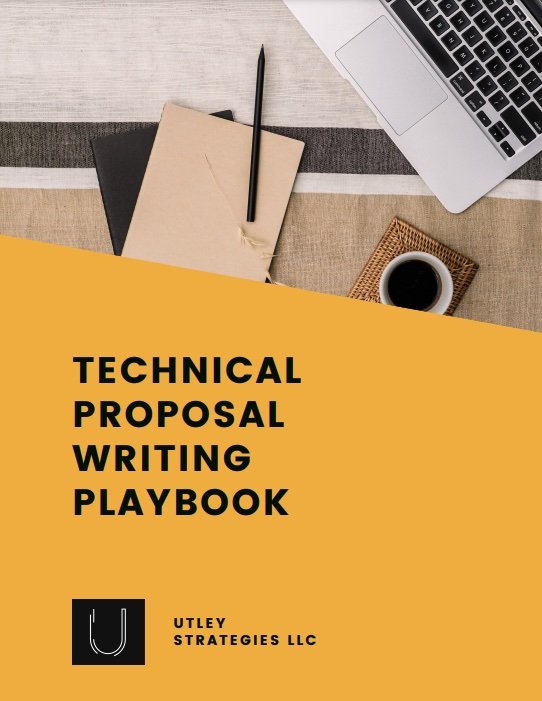7 Things You Must Do When Asked to Send a Proposal
If you’re working in the B2B space, you likely have heard “Send us a proposal to review”. Not all businesses send proposals regularly, and it can be intimidating and overwhelming when you’re asked to do so. If this is you, there are a few key steps you can follow to make sure you create a proposal that lives up to their expectations.
Set a Deadline
When asked to send a proposal, one of the first things to do is confirm the deadline when you will provide the proposal. If this is a relatively simple project, 3-5 days is a reasonable turnaround. For more complex projects, creating a proposal may take a few weeks. Many of these will often go to RFP, which means the customer sets the deadline and requirements, but if that isn’t the case, then you will need to commit to a deadline and deliver.
Define Scope
While you are speaking with the client, it is important to finalize the specific scope of the project that they want to pursue. Ask questions and gain as much information as possible so you can create a proposal that speaks to their needs and addresses exactly what they hope to see. Without this information, you may end up creating a proposal that doesn’t align with their expectations, which may end conversations.
Discuss Budget
If possible, get a feel for their budget before you end the meeting. Some clients won’t share this information, but it can be very helpful to align price with scope.
Draft Content
The next step is to start creating the actual proposal content. Many proposals follow a similar format, and you should at a minimum include an overview of your offering, your qualifications, and pricing. If possible, include client references, case studies, or testimonials to show proof of past client work and success.
When creating the content, you should focus on how you solve their specific challenges and highlight any unique differentiators where you stand out from the competition. If you struggle with writing, enlist help to pull together your content.
Write Cover Letter
Not every company includes a cover letter within a proposal, but a cover letter allows you to form a connection with the reader before they dive into the content. You can also use this section to highlight your main points and any discrepancies between your conversations and what you are proposing. The cover letter can make a huge impact on your proposal and is an important step. It’s best to write it last after you’ve created all of the rest of the content or you will find you have to revise it many times.
Finalize Pricing
Once you know everything you are including as part of your proposal, it is time to finalize pricing. Pricing should reflect everything that is included within your content. If you are offering something for free that they would expect to charge for, include this in the pricing section as well. There should be no questions about what they will receive in working with you.
Final Formatting
Now that you have the content and pricing, it’s time to format and submit your proposal! If you don’t have a template, you can create a simple layout. Incorporate your brand colors and your logo throughout. Choose text that is easy to read no matter what device they use (or if they have small/old screens), and leverage headings, bullets, and bolding to break up text and emphasize key points. Graphics and callouts also help to make your proposal easier to read. These formatting tricks will help you to highlight key points and create a stronger proposal.
Once your content is final and the proposal is formatted, it’s time to send it over to your client!



